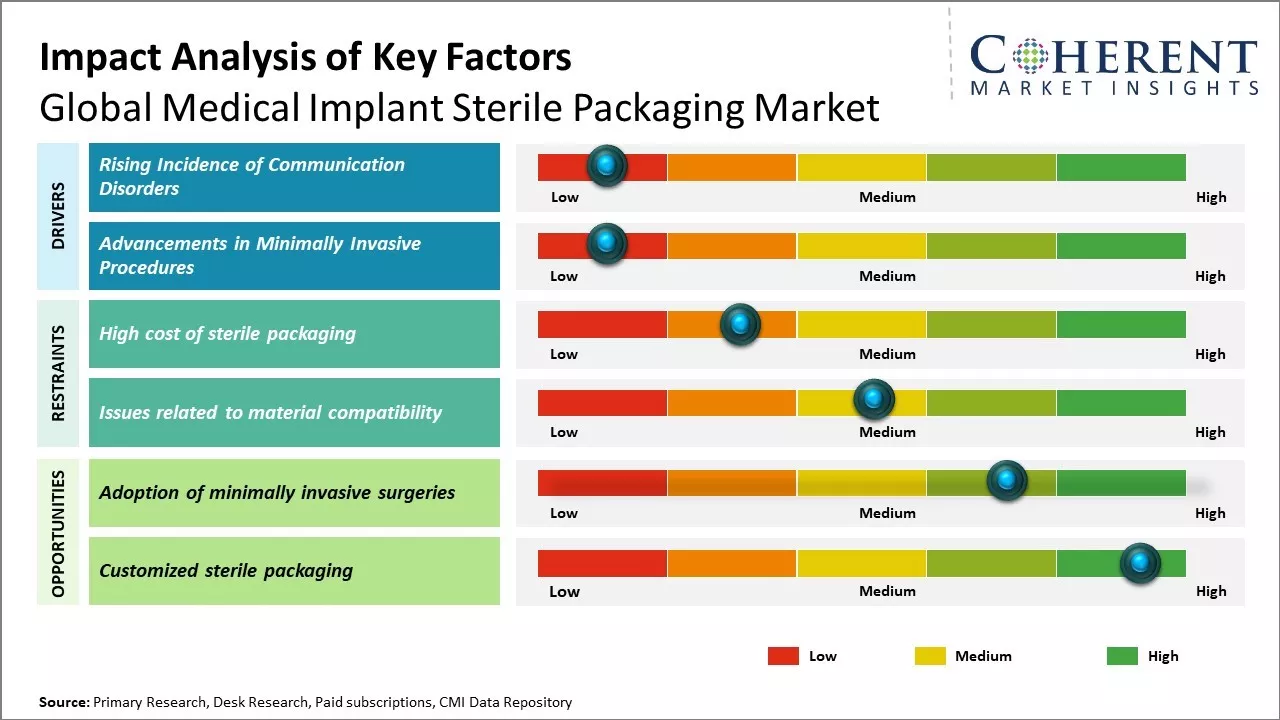Global medical implant sterile packaging market IS estimated to be valued at USD 2.39 Bn in 2025 and is expected to reach USD 4.19 Bn by 2032, exhibiting a compound annual growth rate (CAGR) of 8.3% from 2025 to 2032.

To learn more about this report, Request sample copy
The market growth is driven by factors such as increasing prevalence of chronic diseases, rising volume of surgeries performed worldwide, and growing demand for minimally invasive procedures. Stringent regulatory guidelines for sterile packaging and growing awareness regarding benefits of sterile packaging of medical implants can boost demand. Developing healthcare infrastructure in emerging nations and rapid technological advancements in packaging solutions can drive the market growth. However, high costs associated with sterile packaging and concerns regarding packaging integrity can hinder the market expansion during the forecast period.
Rising Aging Population
Due to aging population, there is rising prevalence of age-related chronic diseases and conditions that require surgical intervention and medical implants. Older adults often suffer from arthritis, orthopedic implants, cardiovascular disease and other implants. For instance, knee replacements are one of the most common surgical procedures performed on the geriatric population suffering from osteoarthritis or other joint diseases. With emerging economies witnessing increase in life expectancy, there has been huge demand for quality healthcare and ongoing management of older patients. Growing dependency ratio and expanding base for age-related targeted therapies that can substantially improve quality of life for older adults can boost demand for implantable medical devices. Thus, rising number of surgical procedures performed on the geriatric population can boost the need for sterile packaged implants and components. For instance, according to World Health Organization Data, the global population aged 60 years and older was 1 billion in 2019, and is expected to rise to 1.4 billion by 2030 and 2.1 billion by 2050. This demographic shift boosts demand for sterile packaging in the pharmaceutical industry due to increased medical product consumption among aging populations. The prevalence of chronic diseases such as cancer, diabetes, and bowel diseases that require ongoing medication can also drive the market growth.
Joining thousands of companies around the world committed to making the Excellent Business Solutions.
View All Our Clients